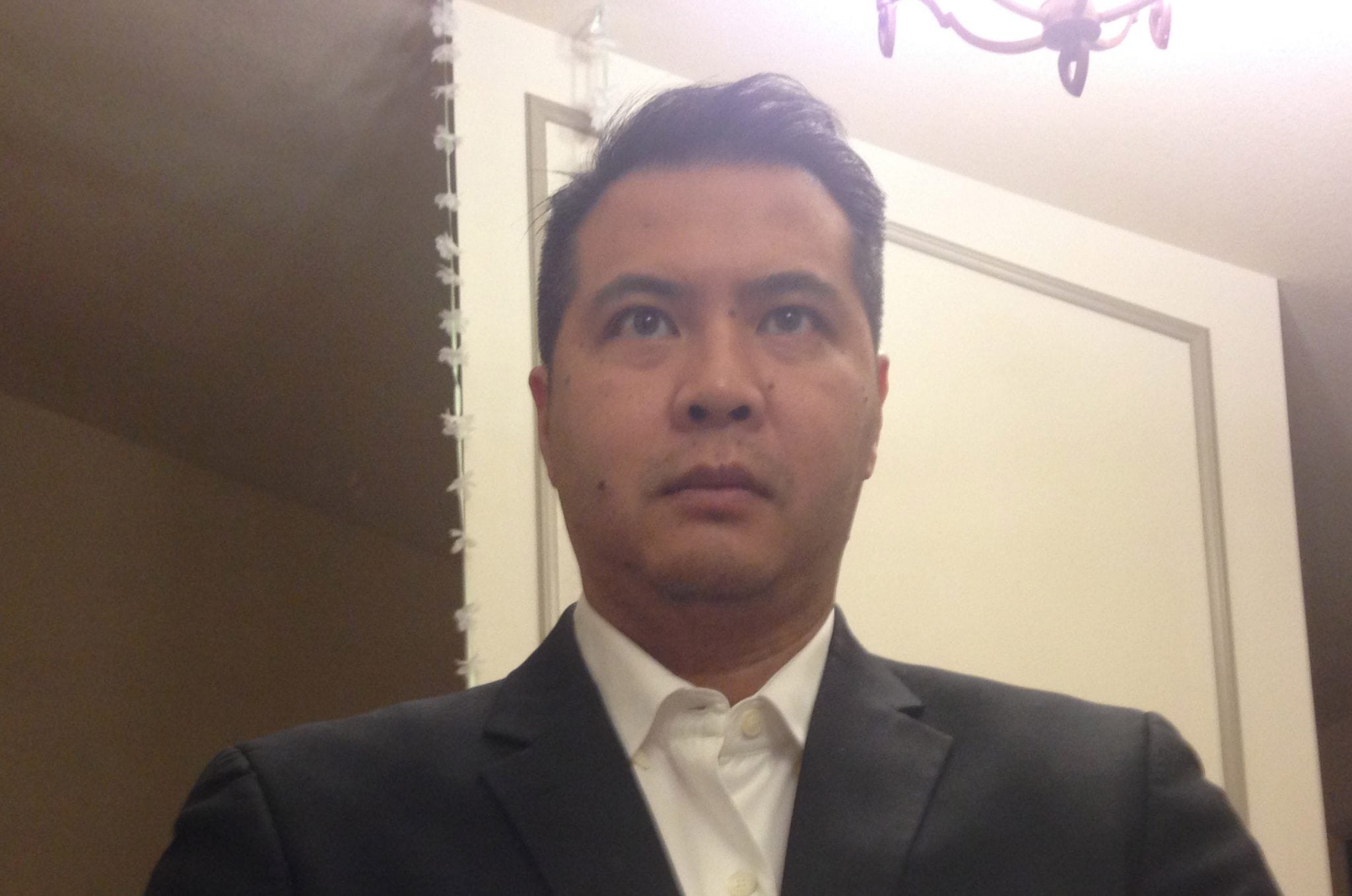Television is in, as critics never fail to remind us, a so-called golden age.
The serialized drama defines this era, where the arc of a character, from a suburban mafioso depleted by a cocktail of antidepressants and the self-medicating tonic of alcohol, violence and promiscuous sex to a cancer-stricken high school chemistry teacher, enraged by a crime-does-pay culture, in which our ironically named Mr. White, disrespected by his students and henpecked by his wife, wears the blackest hat; to torture and murder his underworld enemies, in an obsessive quest to expatiate his malignancy by casting it onto an already cancerous group of assassins, addicts and rival gangs.
TV is in a situation where the quantity of programming matches the quality of the shows from Hollywood, London, the Netherlands, France, Denmark, Sweden and Eastern Europe.
Far from being a vast wasteland, as described by then FCC Chairman Newton N. Minow in a 1961 speech to the National Association of Broadcasters, TV is a key example of how technology can improve both a product and a device. Remember: TV is a product unto itself – a piece of hardware that technology continues to transform and miniaturize, with regard to circuitry, resolution, balance, picture and recording capabilities.
TV is also the means by which we consume news, entertainment, music and movies. Thus, we should parse Minnow's remarks, as they apply to a formerly barren world of mediocre or uninformative programming (during an age of only three networks), in comparison to the global selection of choices available to viewers right now.
As the Founder and CEO of Choose.TV, which enables users to watch television programming from major outlets such as TVI (Ukraine), WABC-TV (New York), C5N (Argentina), Bansal News (India), Hir TV (Hungary) and France 24, among others, I understand the benefits of this moment.
I further know that content can be the savior of a multitude of industries, on behalf of a multitude of executives, for the betterment of a multitude of consumers.
So, while change may be part of the natural order of physical and economic evolution, the easiest way to remain extant – and the best way to attract users – rests with improving and expanding the quality of a company's product.
In my case, that translates into giving people the choice to watch a surplus of real-time reportage (from Europe, or about the Middle East, for instance), which leads to a more enlightened discussion about some of the most important issues of the day.
Content Is Still King: Converting Choice into Practical Benefits
Since choice is the principal force in this scenario, and since it has an inseparable bond with content (for which I have a generous definition), executives should identify how to convert this power into practical benefits for consumers.
By “content,” I refer to everything from mobile applications and user-generated materials, which broaden the options of an intended audience.
Notice, too, that Choose.TV has a very specific name because of a very specific reason: We, as a company, choose to make no demands on our users; technology makes that idea impossible because the abundance of high-quality content – starting with a global perspective about matters of war and peace – places a premium on choice, which is a demand people can issue and expect to enjoy.
Other companies need to think of how their existing content, like the supplemental materials that come with their respective products and services, can become more interactive or timely. For, it is this sort of high-quality content – and the choices contained therein – that sustains consumers' attention and maintains their loyalty.
With excellence as our guide and technology as our catalyst, executives can merge choice and content into an ever-growing number of choices with an ever-expanding degree of exceptional forms of content.
The result is contentment, by and for users, in a world where content is forever king.
—
Tan Tran is the Founder and CEO of Choose.TV, an innovative application that allows people to watch television programming from around the world by customizing their favorite channels for news, music and entertainment.


















































 |
|